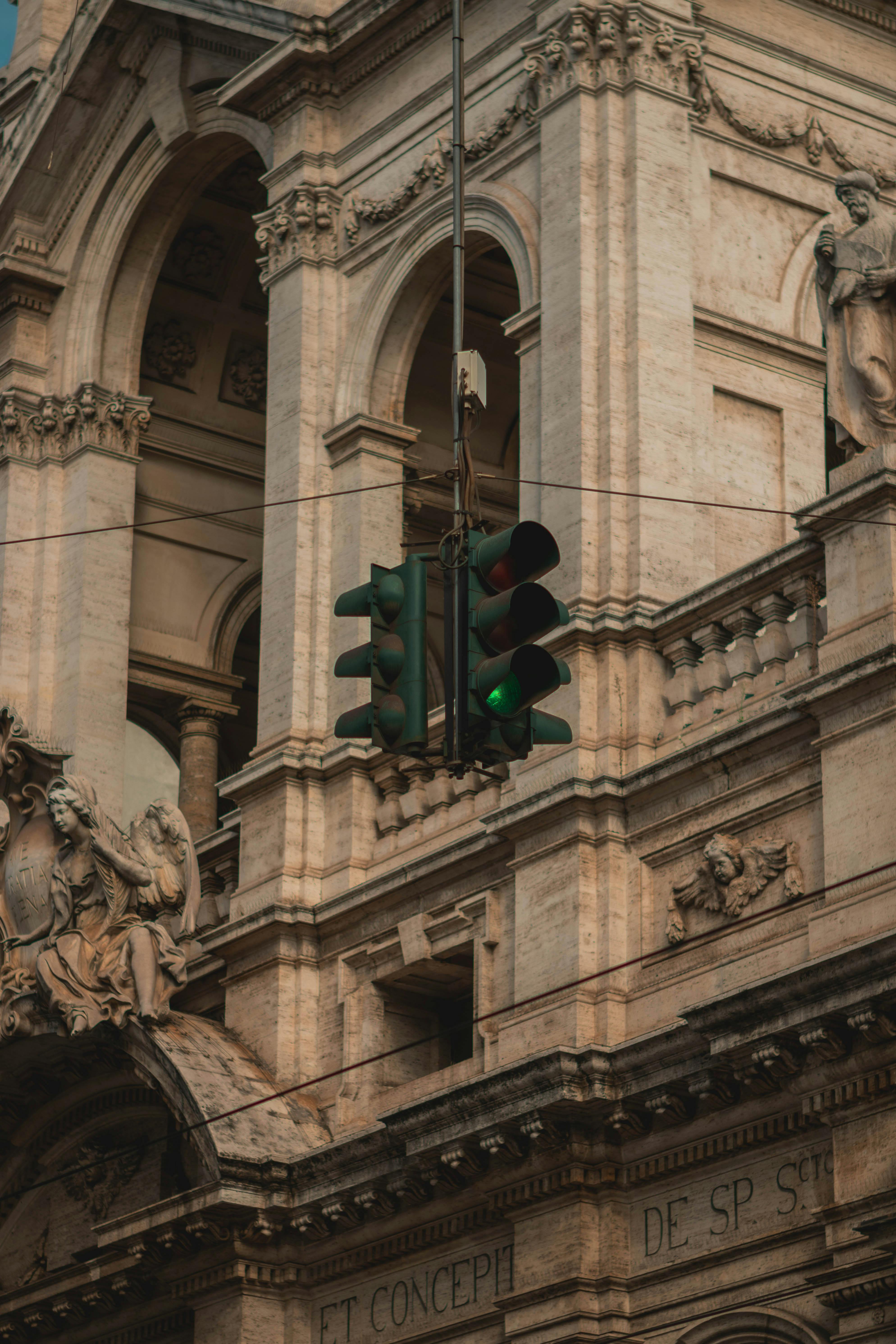Picture this: you’re sitting in the warm, incandescent glow of your living room lamp, and you’re hit with an energy saving idea – what if you were to replace all your traditional light bulbs with the newer, more efficient LED lights? Your curiosity sparks as you ponder, “Should I switch to LED Lights?” Without any delay, this article aims to light up your thoughts by graciously exploring the wholesome benefits of LED Lights. Remember, in this illuminating journey, knowledge is your guiding light! So, prepare for an enlightening read that is sure to brighten your perception of lighting solutions.

Understanding LED Lights
What exactly are LED lights?
LED stands for Light Emitting Diode. LED lights are a type of solid-state lighting — they’re semiconductors that convert electricity into light. They’re called so because they emit light when an electric current passes through them. This process is called electroluminescence.
Brief history of LED technology
The concept of LED technology has been around for over 100 years, but it wasn’t until the early 1960s that the first practical LED was developed. A gentleman by the name of Nick Holonyak Jr. is commonly referred to as the “father of the LED” as he created the first visible-spectrum LED while working at General Electric.
Common uses for LED lights today
LED lights have a vast range of uses today, including residential lighting, commercial lighting, traffic signals, and even large-scale outdoor displays. You’ll find them in your television screens, computer monitors, and even on your mobile devices. The versatility and efficiency of LED lights make them ideal for many applications.
How LED Lights Function
Basic workings of LED technology
LED lights function differently than traditional incandescent bulbs. In an LED light, an electrical current passes through a microchip, illuminating tiny light-emitting diodes. One of the unique aspects of LEDs is that the light is directional, as opposed to other light bulbs, which emit light and heat in all directions.
The unique characteristics of LED lights
Unlike traditional bulbs, LED lights are more durable, have a significantly longer lifespan, are noted for their energy efficiency, and can function at full capacity in a wide temperature range. The versatility of LED colors and systematic dimming are other notable characteristics.
Contrasting LED with traditional lighting methods
When compared to traditional lighting methods, LED lights are vastly superior in many ways. They consume less energy, have a longer life span, and provide better, more efficient light. Unlike traditional light bulbs, they don’t “burn out” and stop working, instead, they gradually dim over time.
Energy Efficiency of LED Lights
How energy-efficient are LED lights?
LED lights are remarkably energy-efficient. They use up to 90% less power than traditional incandescent, halogen, or compact fluorescent lights. This means that LEDs can reduce your energy expenditure significantly, resulting in lower utility bills.
Why LED technology saves more energy
LED technology saves more energy because unlike traditional light sources, LEDs convert 95% of the energy they use into light, and only 5% is wasted as heat. This is a substantial step-up from traditional bulbs that convert 95% of energy into heat and only 5% into light!
Comparing energy consumption: LED vs. traditional lights
When you compare energy consumption, LEDs come out on top. For instance, an LED light bulb uses less than half the wattage of compact fluorescent lights and significantly less than traditional incandescent bulbs.
Lifespan of LED Lights
How long do LED lights really last?
LED lights have an exceptionally long life compared to traditional light sources. While the lifespan of a bulb often depends on its quality, LEDs can typically last between 20,000 to 50,000 hours, far exceeding the lifespan of typical incandescent or fluorescent lights.
The factors influencing the lifespan of LED lights
Several factors can influence the lifespan of LED lights. These include operating temperature, humidity, voltage fluctuations, and regular turning on and off the lights. Proper installation and maintenance can help maintain their longevity.
How the lifespan of LED compares with other types of lighting
Compared to other types of lighting, LEDs have a significantly longer lifespan. An average LED light can last for up to 50,000 hours, while an incandescent bulb typically lasts for about 1,000 hours and a compact fluorescent light lasts for around 8,000 hours.

Costs and Savings
Initial cost of LED lights
While the initial cost of LED lights might be higher than traditional light bulbs, they are more of an investment than a cost. The money you save on utility bills over time will more than offset the initial cost.
Long-term costs and savings of switching to LED
The long-term costs of LED light bulbs are significantly lower than traditional bulbs. This is primarily due to their energy efficiency and long life span. Over time, you can save hundreds, if not thousands of dollars by making the switch to LEDs.
Comparing cost efficiency: LED vs. traditional lights
When you compare the cost efficiency of LED lights and traditional lights, LEDs are the clear winners. Over their lifespan, LED lights cost less to operate and replace, making them the more economical choice in the long run.
Environmental Impact of LED Lights
How ‘green’ are LED lights?
LED lights are considered very ‘green’ or environmentally friendly because of their long life, energy efficiency and because they do not contain harmful substances like mercury.
LED contribution to reducing carbon footprint
LED lights can significantly reduce your carbon footprint. This is largely due to their energy efficiency, which results in less energy consumption, and therefore lower carbon dioxide emissions.
LED disposal and recycling
Unlike fluorescent lights that contain mercury, LED lights are completely recyclable, and can even be safely disposed of in your regular household waste. This greatly reduces their environmental impact when their lifespan ends.

Light Quality and Performance
Assessing the quality of light produced by LEDs
LED lights generally provide a high-quality, clear, bright light. The quality of LED lights is often measured in lumens, and you’ll find that LEDs have a high lumen count, meaning they provide a lot of light while using relatively little power.
Performance of LED lights in different conditions
LED lights outperform traditional lights in a variety of conditions. They work well in both hot and cold temperatures, withstand impact and vibrations, and because they reach full brightness immediately, they are a superior choice for infrastructures like traffic lights.
LED light color options and flexibility
LED lights offer more color options and greater flexibility than traditional light sources. They can produce light of any color without the use of color filters that traditional lighting methods require. This makes them perfect for a wide range of decorative applications.
Health and Safety Concerns
Are LED lights health-friendly?
There are no known health risks associated with the proper use of LED lights. LED lights do not produce UV radiation or contain mercury, a toxin found in some other types of light bulbs.
The truth about LED lights and eye health
There’s a common myth that LED lights are bad for your eyes. In reality, LEDs pose no more of a risk to your eyes than any other light source if used properly. Make sure you never stare directly into a powerful LED light to avoid unnecessary eye strain or discomfort.
Safety issues related to LED lights
Overall, LED lights are quite safe to use. They run on low voltage and emit less heat, reducing the risk of burns or fire. However, just like any electrical device, they should be handled with care and installed properly.
Common Myths about LED Lights
Debunking myths about the cost of LED lights
Many people hesitate to switch to LED lights because of their higher initial cost. However, in the long run, they can be more cost-effective due to their long lifespan and energy efficiency.
Unveiling the truth about LED brightness
It’s often thought that LED lights are not as bright as traditional bulbs. This is untrue. While an LED bulb might have a lower wattage than an incandescent bulb, it can still produce the same amount of light because it’s more efficient.
Setting straight misconceptions about LED color
People often think of LED lights as being bright white, but they’re available in a wide range of colors. LEDs can produce light in multiple colors without the use of any color filters.
Making the Switch to LED Lights
Right ways to switch to LED lights
If you’re considering switching to LED lights, begin by replacing bulbs in the most frequently used areas in your home or business. You don’t have to replace all your lighting at once, and you can start enjoying the benefits of LED lighting straight away.
Tips for selecting the right LED lights
When selecting LED lights, consider factors such as the desired brightness (measured in lumens) and color temperature. Remember to check for the Energy Star rating to ensure maximum energy savings.
Overcoming challenges when switching to LED
Minor challenges might come up when switching to LED like needing to replace certain fixtures or dimmer switches to make them compatible with LEDs. Professional lighting consultants can provide advice to make the transition a smooth one.
So, should you switch to LED lights? Given their energy efficiency, long lifespan, superior performance, and environmental benefits, the answer to that is a resounding yes. The switch to LED lighting is a bright idea indeed!